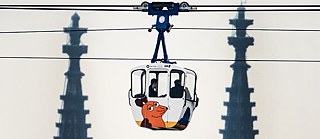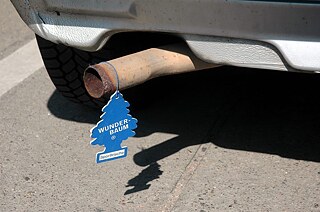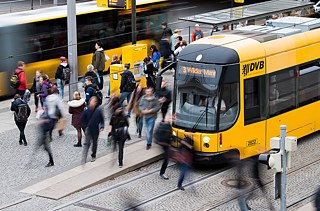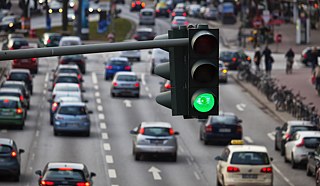Air quality
Working towards cleaner air in Germany’s cities

Large German cities have a problem: the urban infrastructure and crowded city streets are ruining air quality. In recent years, more and more cities have taken steps to improve air quality, often taking their inspiration from successful projects in other European cities.
By Nadine Berghausen
Diesel ban
High levels of nitrogen dioxide are one the main causes of air pollution today, and diesel exhaust is the primary culprit. In 2018, Stuttgart, Darmstadt and Hamburg all enacted diesel driving bans in response to excessive nitrogen oxide levels in many places in Germany. Berlin is expected to follow suit in autumn 2019 and other cities are considering similar legislation. The law restricts access to designated zones in the inner city for diesel-powered passenger cars and trucks up to and including the Euro 5 emissions standard to improve air quality. Greenpeace Germany has expressed criticism of the driving bans, arguing they would only be effective if they removed all diesel exhaust gases from city districts or inner-city zones. According to Greenpeace, clean air in cities can only be achieved with a larger solution: a complete rethink of traffic patterns in favour of comfortable and fast buses and trains as well as safe cycling paths.
Lead cities
The German government is also focusing on public transport and supporting the “Lead Cities” model project with a budget of 130 million euros. Model cities Bonn, Essen, Mannheim, Herrenberg and Reutlingen have applied with various transport projects that generally aim to make public transport more attractive and thus improve air quality. Most employ innovative fares, more frequent trains and buses, or expanded bicycle rental systems. Mannheim is also tackling a serious problem created by booming online trade: the increased volume of delivery traffic. The Last Mile concept uses e-transporters to take packages the final miles to their recipients. The model projects will be scientifically monitored and evaluated to help other cities replicate them.Quicker by bike
Encouraging bike traffic is another excellent way to go. It’s healthy, inexpensive and doesn’t add any more pollution to the air. The Danish capital Copenhagen is leading the way. With a network of 400 kilometres of cycling paths and more bikes than cars, the Danish metropolis is regarded as the bicycle capital par excellence. Even more interesting, when polled residents say that they didn’t switch because of the environment, cost or their own health. Thanks to traffic planning geared to cyclists, they simply get to their destination faster on two wheels. In Germany, on the other hand, switching from the gas to the bicycle pedal is not as easy, since parked cars block the cycling paths and the dense, tense traffic situation can make the journey a dangerous affair. So one the Federal Ministry of Transport’s climate protection plans is to make cycling more attractive. This includes reallocating limited public space.Mass transit for a euro
Here too a European city is showing the way forward: Vienna offers travellers annual passes for the city’s bus and train system for just one euro a day. Since the 365-euro ticket was introduced, the number of annual pass holders has increased substantially from 373,000 to 780,000. German Lead Cities are hoping for a similar shift, and projecting more passengers and a considerable improvement in air quality with considerably cheaper price models. Critics note that increased use of public transport will require more trains and buses travelling more frequently. And, they add, if the street car regularly arrives 30 minutes late and completely full, people are likely to go back to using their cars.
Smart traffic lights get traffic flowing
Starting up, accelerating and braking from traffic light to traffic light: the daily stop-and-go routine not only irritates already stressed commuters; it also negatively impacts air quality. So Hagen and Wuppertal are modernizing their traffic lights systems to improve the flow of traffic. The project is part of the Federal Ministry of Transport’s “Sustainable Mobility” master plan. Twenty traffic lights around the inner city ring will be equipped with detectors that track Bluetooth devices such as smartphones in cars to measure how long it takes vehicles to travel along the route. This will help planners visualise how smoothly or slowly traffic flows. The next stage is to install an intelligent traffic light circuit where a central traffic computer adapts the green phases of the traffic lights to the respective traffic volume. The city of Hagen has promised that no personal data from mobile phones will be passed on.